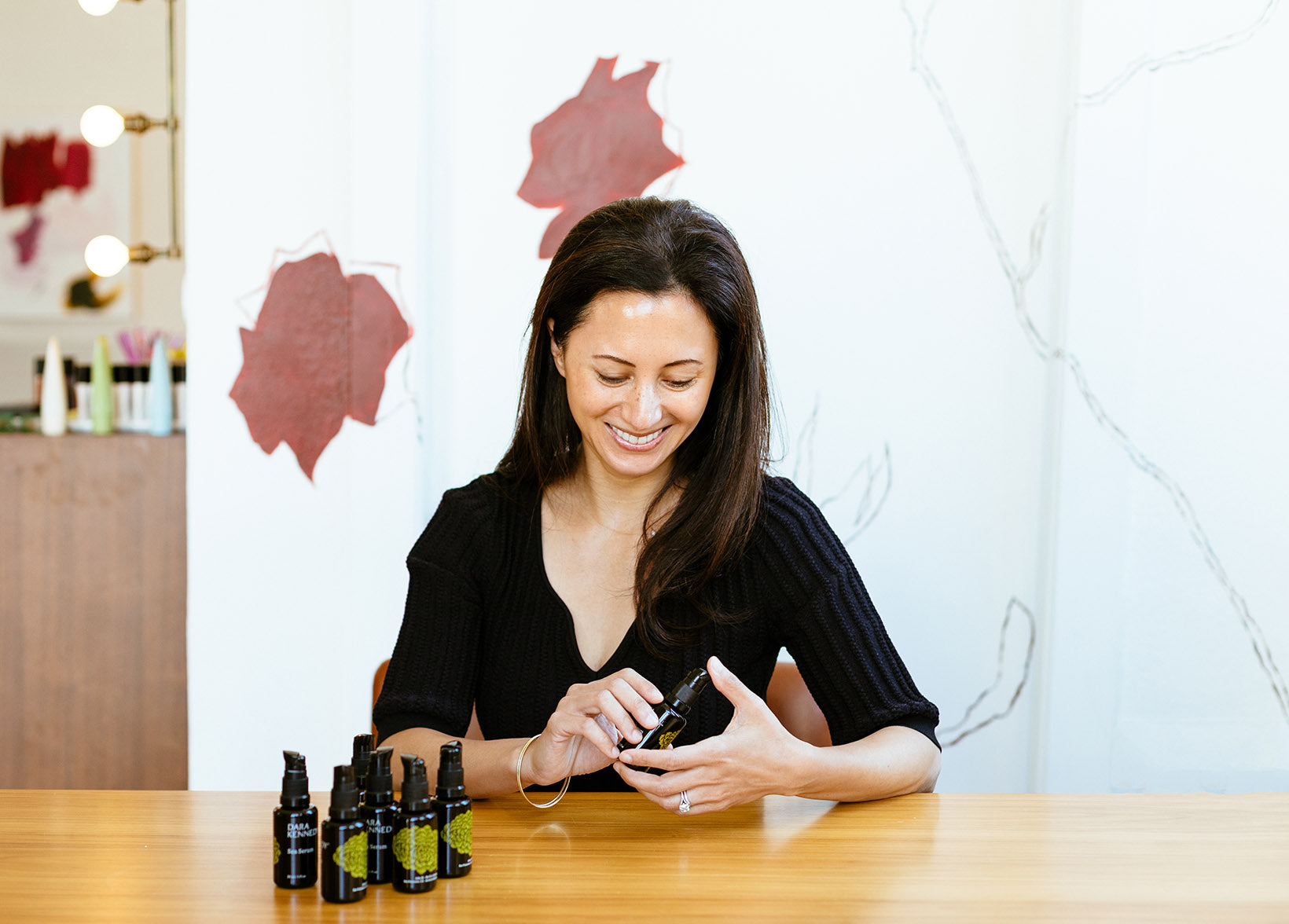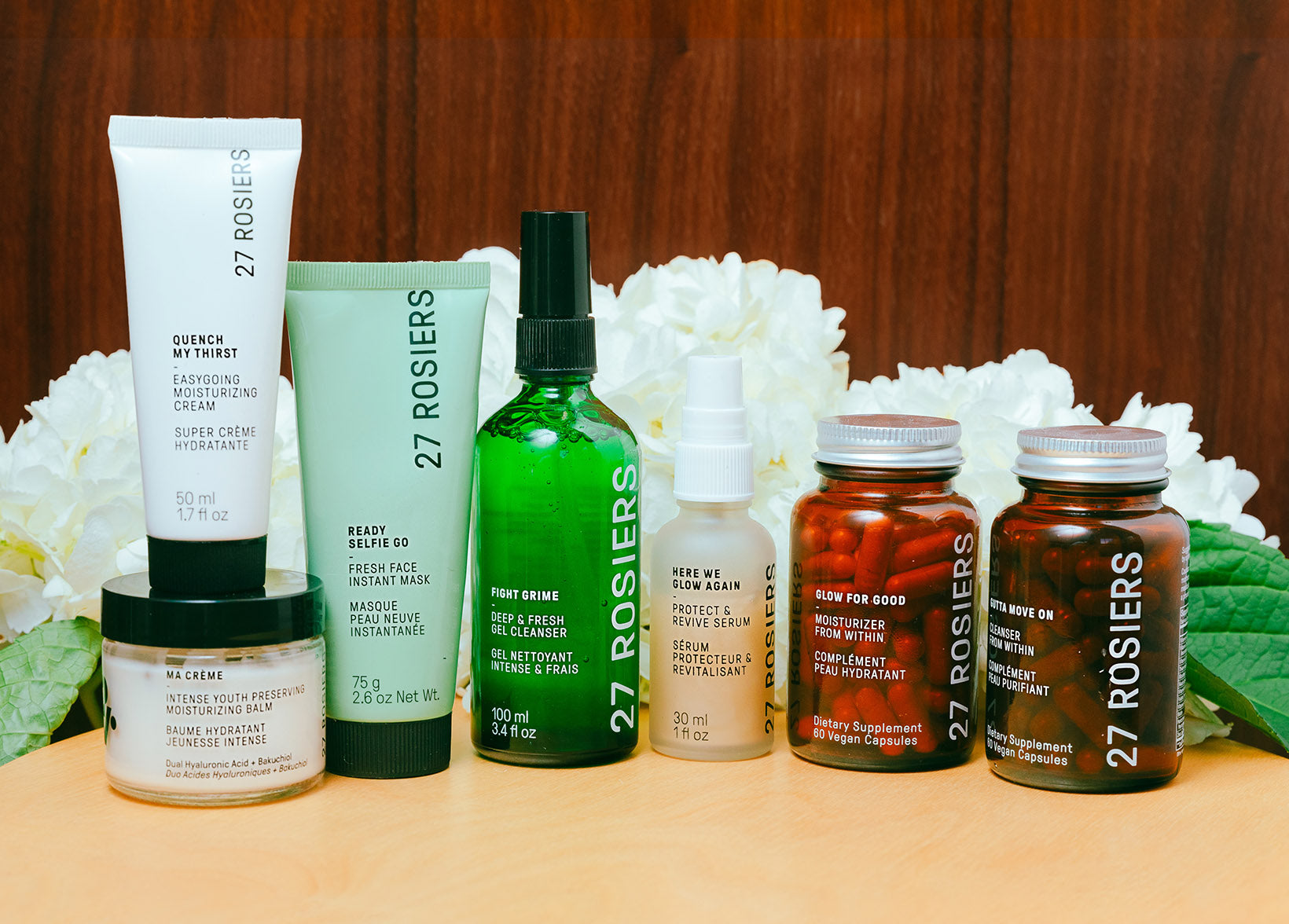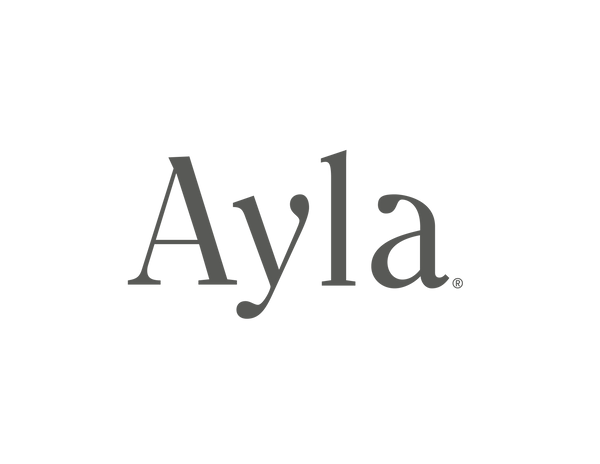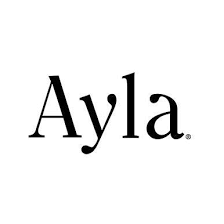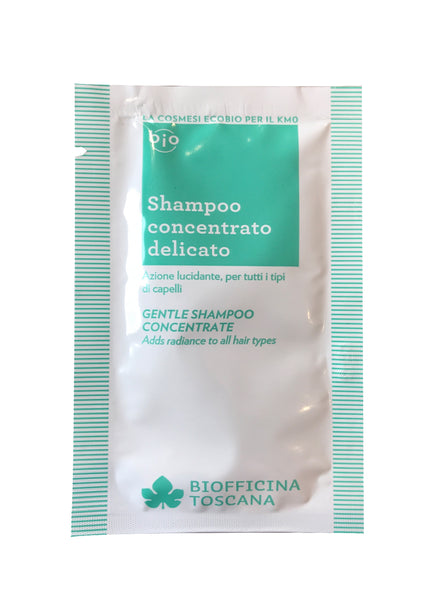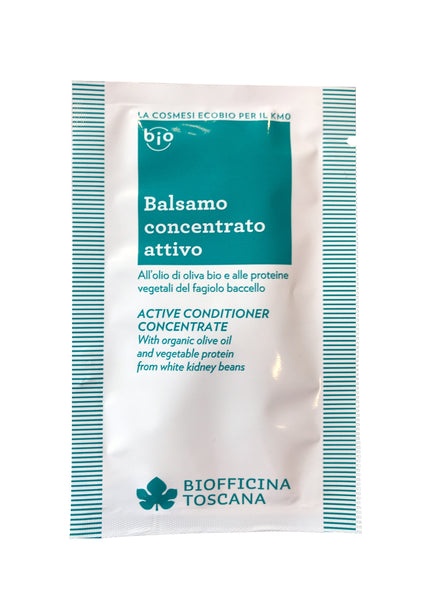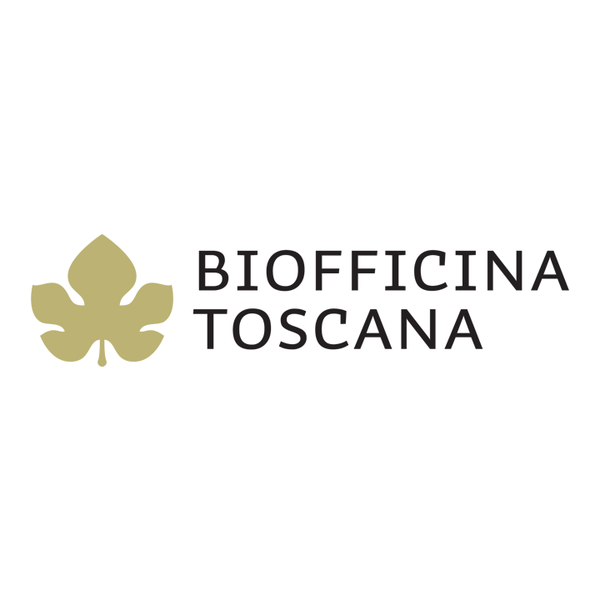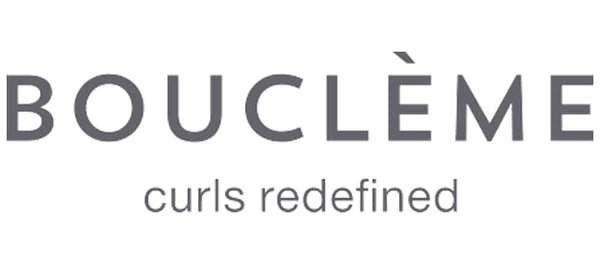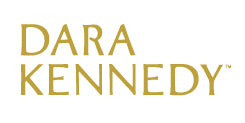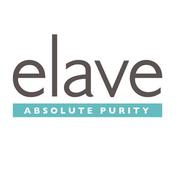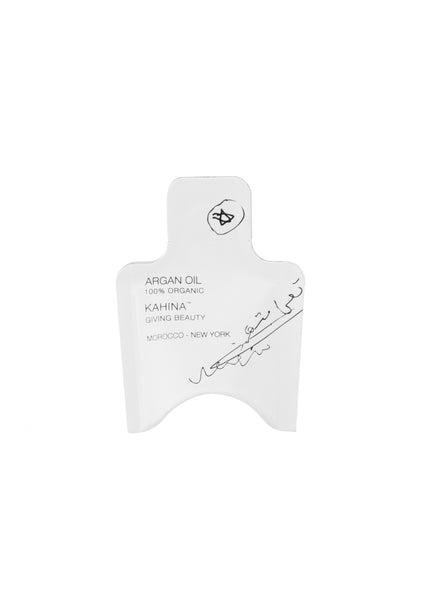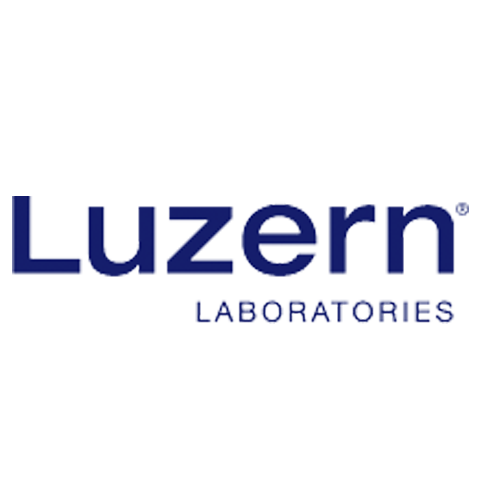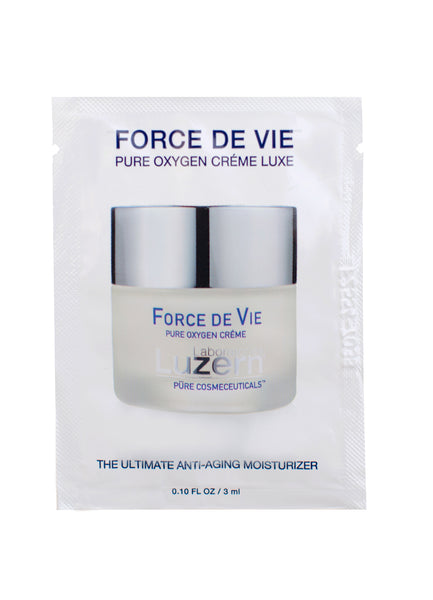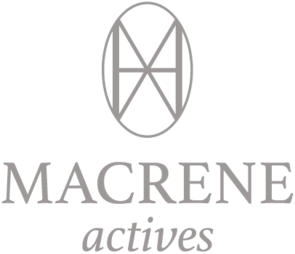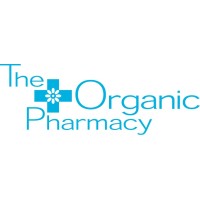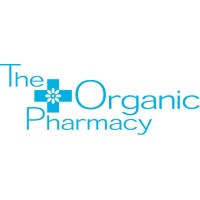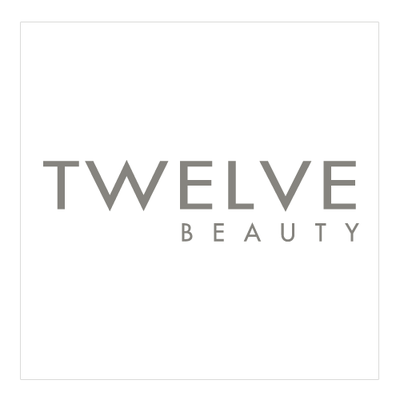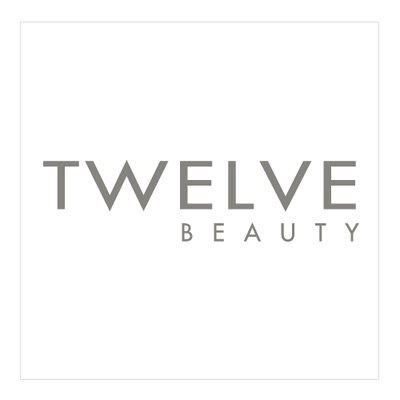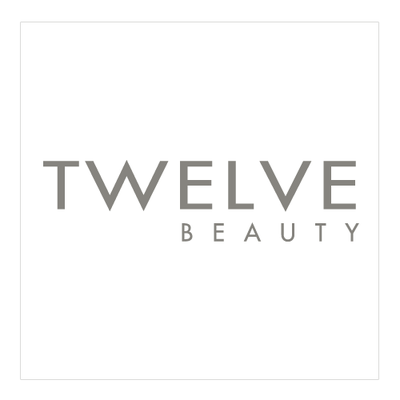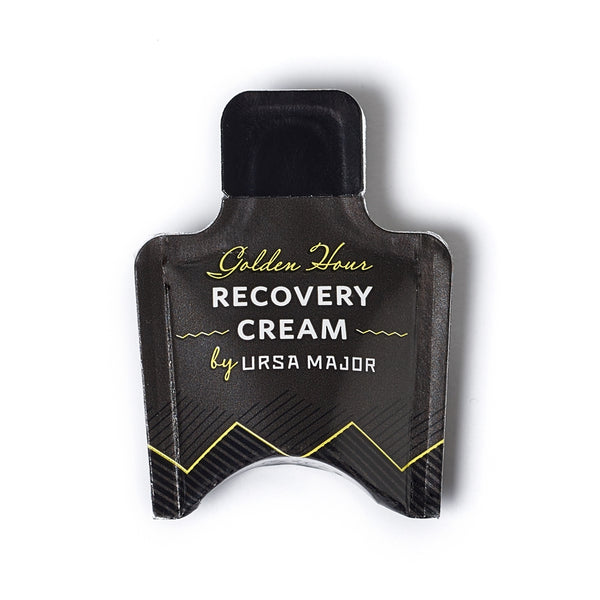Recent Articles
Marie Veronique makes sense of it all.

Marie Veronique and her eponymous skincare line have scores of devotees, and for good reason. We adore this smart, straight-talking formulator's habit of just telling it like it is; her magnificent products, whose fans never stray, provide proof that you should hang onto every one of those words. Where skincare is concerned, Marie really knows what she's doing.
Here, she enlightens us on acids in skincare. What are the different kinds to look for in a formula, and why? How are they different from enzymes? And while we're at it, what about retinol?
Read on for her thoughts.
***
Ayla: What are the different types of acids that you like to use in formulation, and why?
MARIE-VERONIQUE NADEAU:
Different acids we use for exfoliation, moisturization, anti-acne are:
- Alpha-hydroxy acids — lactic acid
- Beta hydroxy acids — salicylic acid
We also use alpha lipoic acid and ascorbic acid. These are technically acids, but they are used as antioxidants and not for exfoliation purposes.
Note: For AHAs, the main choices are lactic acid and glycolic acid. We use lactic acid in many of our products, but we avoid glycolic acid. Here’s why:
- Glycolic acid is the smallest molecule with the greatest penetration, which means it also has the potential to create more irritation. Lactic acid, on the other hand, has many added benefits, along with much less risk of irritation.
The therapeutic index, which indicates ability to increase cell turnover and renewal, is highest for lactic acid.
| AHA | Therapeutic index |
| lactic (5%) | 12.7% |
| glycolic (5%) | 12.6% |
| citric (5%) | 8.7% |
Ayla: Seems pretty clear! Tell us about some of the main benefits of different acids in skincare in general.
MARIE-VERONIQUE NADEAU:
Lactic Acid
Lactic acid is less irritating, and it has these properties and benefits:
- Humectant
- Increases natural ceramides
- Brightening (using lactic acid at 5% or greater inhibits the enzyme tyrosinase, which kicks off the melanogenesis process that induces hyperpigmentation)
- A variety of long term benefits: cell renewal, firmness, hydration, smoothness, reduced lines and wrinkles
- Stimulates biosynthesis of glycosamine glycans for plumper skin
Lactic acid can be used safely, indefinitely, without compromising the lipid barrier — unlike glycolic acid. In other words, for long term exfoliation practices, use lactic acid and not glycolic acid!
Note: You'll find lactic acid in the Probiotic Exfoliation Mask, Intensive Repair Serum, Treatment Mist & Treatment Serum, and to a lesser degree in the Barrier Restore Serum.
Salicylic acid
We use salicylic acid, a beta-hydroxy acid, in the form of black willow bark extract. Salicylic acid is a commonly used ingredient in anti-acne preparations for good reason. It:
- Exfoliates retained cells (that cause congestion, blackheads/whiteheads)
- Loosens dead skin cell impactions
- Is antimicrobial
- Is antifungal
- Is anti-inflammatory
- Increases body’s resistance to infection
Note: You'll find salicylic acid in the Intensive Repair Serum, Treatment Oil & Treatment Serum, and Louis Pierre Shaving Oil & Finishing Oil.
Ascorbic acid (Vitamin C)
I add this to the list of acids because it is an acid, and we all know that ascorbic acid, or Vitamin C, is an excellent topical that should be part of everyone’s daily routine. During the day, it acts as an antioxidant to assist in fending off free radical attacks which cause sun damage. At night it hydroxylates proline, the crucial first step in the biosynthesis of collagen — no Vitamin C, no collagen!
Briefly, Vitamin C:
- Corrects the signs of aging
- Renews normal cell differentiation and function
- Protects the skin from future assault
Note: You'll find Vitamin C in the Vitamins C+E+Ferulic Serum, C-Therapy Serum, Gentle Retinol Night Serum, Eye Repair Serum, and Micronutrient + Hydro Mask.
Apple Cider Vinegar
Apple cider vinegar consists of acetic acid (a weak acid) and alpha-hydroxy acid. It has anti-inflammatory properties, and it's great for acne because it exfoliates, absorbs excess oils and unplugs blocked pores. It can also be used to balance the pH of your skin—if you are using alkaline cleansers, finish with a splash of apple cider vinegar to return your acid mantle to its normal pH of about 5.5.
Note: You'll find apple cider vinegar in the Balancing HypoTonic and Louis Pierre Aftershave Tonic.
Ayla: Is it OK to have acids in daily skincare? What types of skin types and conditions should, or should not, use acids?
MARIE VERONIQUE: Part of our stratum corneum is composed of lactic acid, so yes of course use in daily skin care is recommended. Lactic acid supplies humectancy, so for dry skin it’s a must. If you are talking about acids like AHAs used in peels, etc., then of course moderation is called for. Too much exfoliation can really impede your barrier layer’s ability to protect your skin and retain proper moisture levels. Dry skin is something to avoid.
Types that can benefit from lactic acid: dry
Types that can benefit from lactic acid and salicylic acid: acneic (both acids are found in the Intensive Repair Serum)
Types that should be careful: dry, sensitive, rosacea
A cautionary note: People of color should avoid glycolic acid peels and/or products. It can cause hypopigmentation. I don’t recommend glycolic acid for anyone, but I am erring on the side of caution, and besides, lactic acid works so well in peels I don’t see where stronger AHAs are warranted. The risks outweigh the benefits.
Ayla: Speaking of peels, some dermatologists advise doing a monthly chemical peel instead of using a product containing acids on a regular basis. How do you think deeper peels can fit into a routine that includes acids?
MARIE VERONIQUE: Every skin is different. But honestly, if you are doing retinol at night along with Vitamin C, I don’t see deep peels as being appropriate for older skin on an ongoing basis, especially if the skin is very dry to begin with. Oily, acneic, younger skin? Sure, it’s fine. A young skin can take a helluva lot of abuse. It just pops back. Just monitor when you don’t seem to be getting the same benefit from the peel so you know when to start cutting back. This really is an individual matter; no hard and fast rules apply.
Ayla: What about enzymes? Do they work differently than acids?
MARIE-VERONIQUE NADEAU: What a great question. Nobody ever asks, maybe because it’s sort of complicated, and we think of enzymes as belonging to a class of exfoliants.
Regarding skin care, that’s true, but they work differently than acids. Enzymes like bromelain and papain dissolve keratin protein, so they go right for the cell itself. Acids dissolve the glue that holds the dead skin cells together, so you can see where combining an AHA with an enzyme would give you a nice, comprehensive peel by dissolving dead skin cells and the glue that’s holding them in place.
Then there is superoxide dismutase, which is in a class all its own. It is the strongest biological agent we know of to repair free radical damage and scavenge the very destructive superoxide ion, which attacks proteins, enzymes, lipid cell membranes and DNA.
The main thing to take home with you as far as the larger picture goes is that enzymes are proteins that act as biological catalysts, and they are extremely important because they kickstart pretty much all the metabolic processes that take place in the cell. Vitamins are also called coenzymes, because they are often needed to initiate certain processes. It’s why we need them to sustain life.
Note: You'll find superoxide dismutase in the Gentle Retinol Night Serum and Barrier Restore Serum as well as the Pure + EO Free Oil Cleanser and Replenishing Oil Cleanser.
Ayla: And what about retinol? How does that work? Does it exfoliate, or is it a different type of mechanism?
MARIE-VERONIQUE NADEAU: Retinol is Vitamin A, and here’s a good example of a vitamin that our bodies, and especially our skin, absolutely cannot do without. In terms of skin it has an amazing range of functions, but its primary claim to fame is that it is the normalizing vitamin, that is, it is essential for normal skin development and differentiation.
This feature explains how it works above and beyond exfoliation, in which an acid might be used to remove dead and damaged skin cells from the surface and stimulate cell turnover rate. All good! But retinol actually reverses photo-aging, because it is repairing the damaged cells, returning them to normal at the basal layer where they are manufactured. So the next layer of cells emerging from this layer of the epidermis will be healthier than the cells that went before. The result — over the long term — is fewer age spots and wrinkles or other signs of surface damage caused by unhealthy, damaged cells. Retinol makes skin look younger, bottom line.
Ayla: Can you explain the peeling that some people experience when starting to use retinoids (especially prescription products)?
MARIE-VERONIQUE NADEAU: It's mainly a result of increased cell turnover rate as the retinoid works to normalize cell development — it works at a number of levels so the repair process includes compaction of the stratum corneum, thickening of the granular layer and increased epidermal and dermal glycosaminoglycan deposition.
The visible result is so-called epidermal hyperplasia — meaning you get more skin cells crowding the surface and flaking off, plus irritation and redness as photoaging corrective work goes into high gear.
Think of it as like prep work on a wall— you have to scrape off old paint chips and repair cracks before you apply a fresh coat of paint. There is new smooth skin lying under all the damaged stuff, and the number of cell turnover rates you experience as the discomfort of retinization will depend on the severity of the damage. But take heart, retinization indicates that improvements are being made. It's a good thing!
If skin becomes uncomfortably dry and or irritated while you are experiencing retinization you can ameliorate it by boosting barrier function in the stratum corneum, which regulates surface moisture content. The best methods are to use an oil blend that contains barrier lipids like ceramides, cholesterol, and fatty acids, and/or a serum that contains humectants, especially ingredients that are found in the natural moisturizing factor (NMF) like sodium PCA, amino acids and lactic acid (yet another useful feature of lactic acid!).
A last word on retinol vs. retinoic acid to combat photo-aging. According to A comparative study of the effects of retinol and retinoic acid on histological, molecular, and clinical properties of human skin: “The results of this study demonstrate that topical application of retinol significantly affects both cellular and molecular properties of the epidermis and dermis, as shown by skin biopsy and noninvasive imaging analyses... retinol induces similar changes in skin histology, and gene and protein expression as compared to retinoic acid application.” Both retinoids are effective, but people with sensitive skin should note that while change occurs more quickly with retinoic acid, the downside is RA’s potential to increase skin irritation.
Note: You'll find retinol in the Gentle Retinol Night Serum.
Ayla: Anything else you’d like to add about this topic?
MARIE-VERONIQUE NADEAU: Yes! I’d like to add this critical note.
Our criteria for what constitutes a good product doesn’t end with oh, it has active ingredients X, Y, and Z. Sure, ingredient selection is important, but how said ingredients stabilize and interact with each other in the product itself, and how they deliver to the skin are all dependent on good formulation. Yes, it’s important to know what your active is doing in theory (an active is defined as a substance which changes the skin in some way — e.g., increases cell turnover via exfoliation, or protects against environmental damage via antioxidants.) But a good formulation resolves the front and center issues of stabilization, ingredient interaction, and delivery. For example, ascorbic acid benefits the skin in many ways, but incorrect formulations can cause permanent damage. You want safety? you want efficacy? — then remember, context is everything.
***
Want to hear more from Marie? Check out these additional interviews on our blog:
Marie Veronique Brand Spotlight
Marie Veronique on natural acne treatment
Marie Veronique on "Exfoliation 2.0"
Marie Veronique on why you need Vitamin C
Marie Veronique on mitochondria, cellular respiration, and skin health
Marie Veronique & Kristina Holey on skin conditions in perimenopause, menopause, and postmenopause
Marie Veronique & Kristina Holey on product layering
Marie Veronique & Kristina Holey on perioral dermatitis
Any topic discussed in this article is not intended as medical advice. If you have a medical concern, please check with your doctor.
About Marie: Marie-Veronique Nadeau founded Marie Veronique over 10 years ago and is a nationally recognized formulator and beauty expert. She collaborates with her daughter, Jay Nadeau, physicist and bio-medical engineer, to carefully choose each ingredient in her products to address the causes of aging at the source. Marie holds a BS in Math and Chemistry as well as an esthetics license from Paris Beauty College. She is a mother of two and a grandmother of one. When she is not developing cutting-edge skincare products, she can be found reading at her local library or foraging for mushrooms with her granddaughter.

